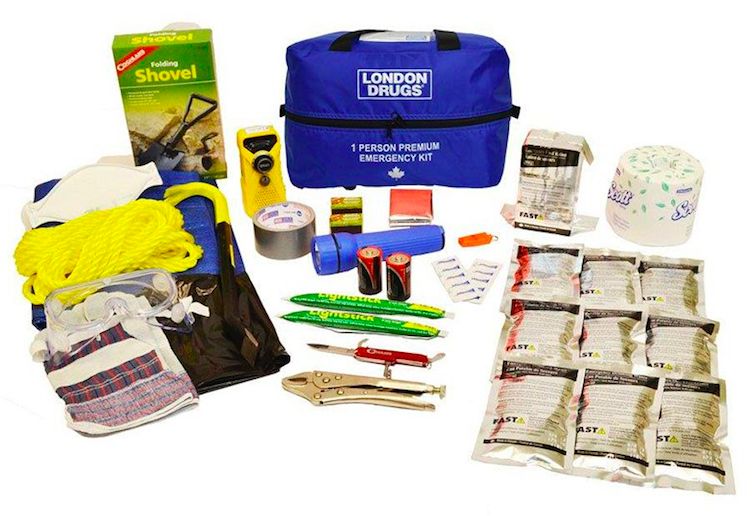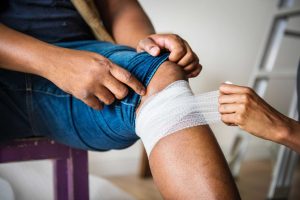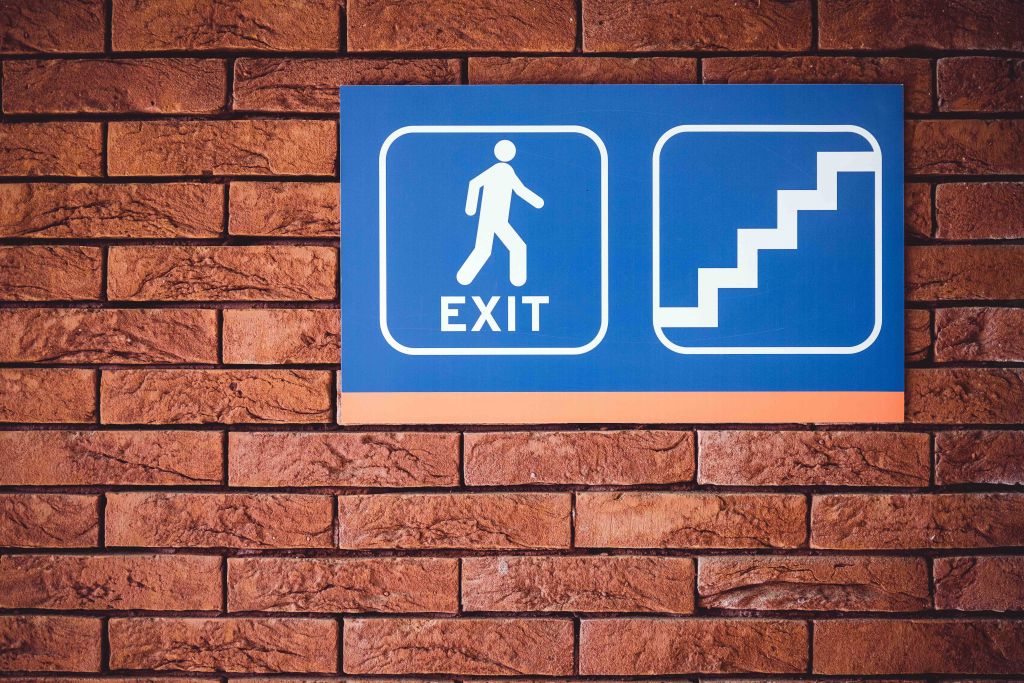If an emergency situation developed quickly, would you know what to do? In the event of flooding, a natural disaster, or an earthquake, it’s important to be prepared. Experts agree that you need to be prepared to survive for 72 hours with the possibility of having no water or power.
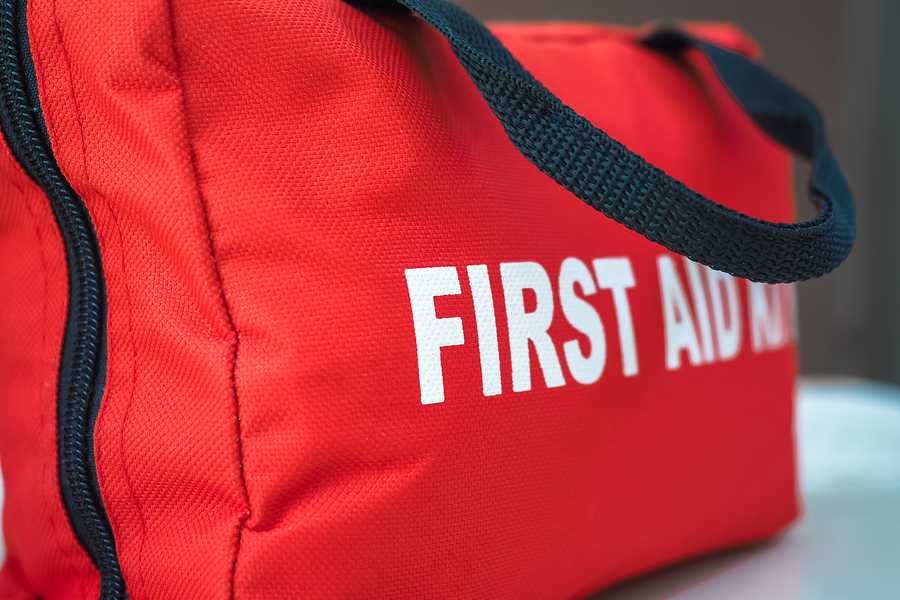
We’re proud to be early adopters of the Partners in Preparedness campaign with PreparedBC. Our hope is to make it easier for you to get ready for an emergency by reminding you of what goes in an emergency kit and giving you an opportunity to purchase what you need.
Key things to have in your emergency kit are:
- Water – estimate four litres per person per day for drinking and sanitation.
- Food – gather food that won’t spoil such as canned goods, protein energy bars, dried fruits, and meal replacement beverages. Don’t forget to pack the can opener. Include hard candies, chocolate, and gum in your kit as a lift for your senses.
- Essentials – flashlights, extra batteries, candles, matches, garbage bags, a blanket, hand sanitizer, whistle, and a small mirror are all must-haves.
- First Aid – ensure your first aid kit is up to date and medications have not expired, include gauze, pads and tape along with an assortment of bandages. Include several pairs of disposable latex gloves, face masks, antibacterial hand wash, and a small pair of scissors.
- Communication – battery-powered or a wind-up AM/FM radio to keep updated on current conditions.
- Seasonal clothing and footwear along with a dust mask in case of poor air quality.
- Entertainment – cards or any other board games. Crossword puzzle or pocket book to keep you occupied while waiting for the power to return.
- Additional non-essential but important items include duct tape, Swiss army knife, Kleenex, toilet paper, city map, and recent photographs of loved ones in case of separation.
Prepared emergency kits are available from London Drugs, SOS Emergency Response Technologies, and St. John Ambulance, but you can pack your bag to suit your family’s needs. All of these items should be ideally stored in a conveniently located and durable backpack.

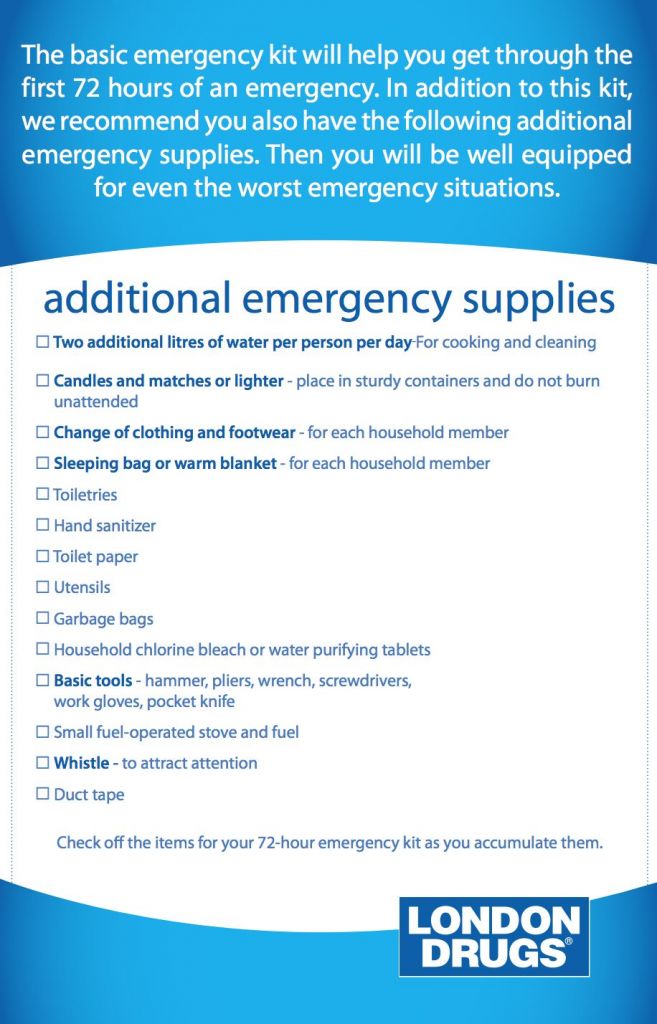
During an emergency, if a London Drugs store is able to remain open, we will offer:
- Pharmacy – Contact us at Customer Service for the latest information on your local store and for any urgent pharmacy inquiries 1-888-991-2299
- Charging Stations – we will have charging stations available for your electronic devices
- Supplies and emergency kits – our staff will be happy to help you find an emergency kit or help you to create your own that fits your needs
- Batteries and Lighting, Candles – we’re here to help with emergency lighting needs from flashlights, batteries to candles
- Water – it is always important to have an emergency supply of water at the ready
Emergency preparedness is always a good idea. Educate yourself, your family, and your friends on the potential risks, create a plan, and stay prepared for any situation that might arise.

